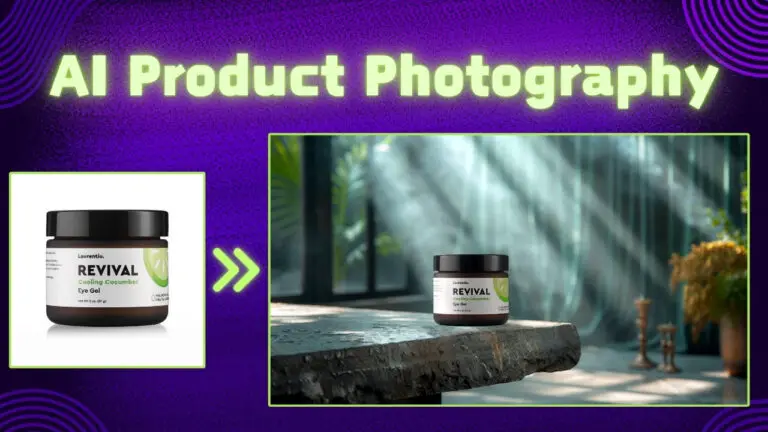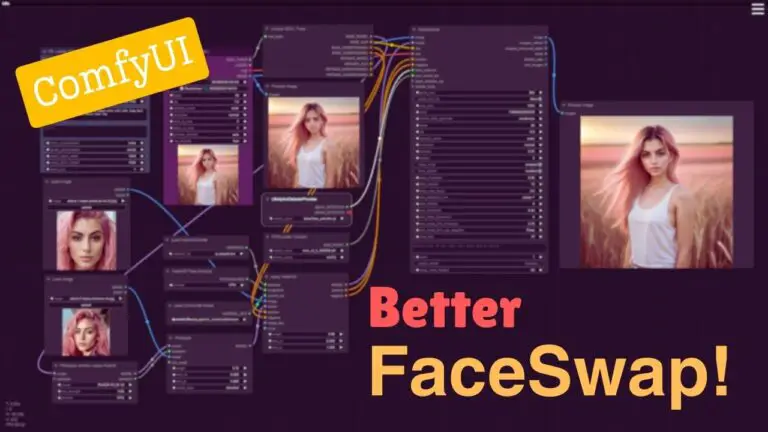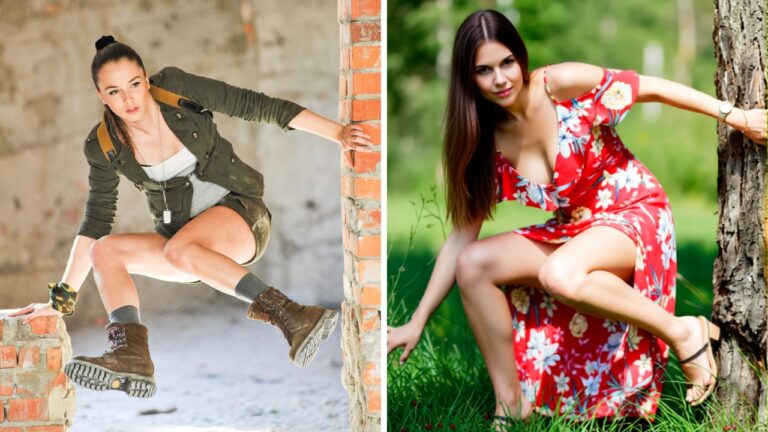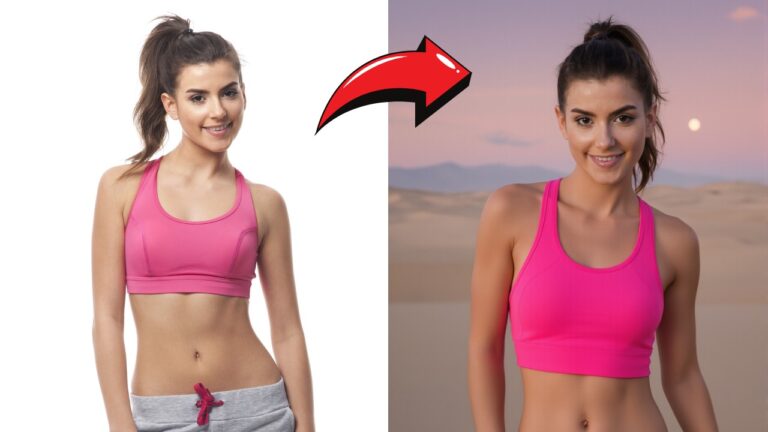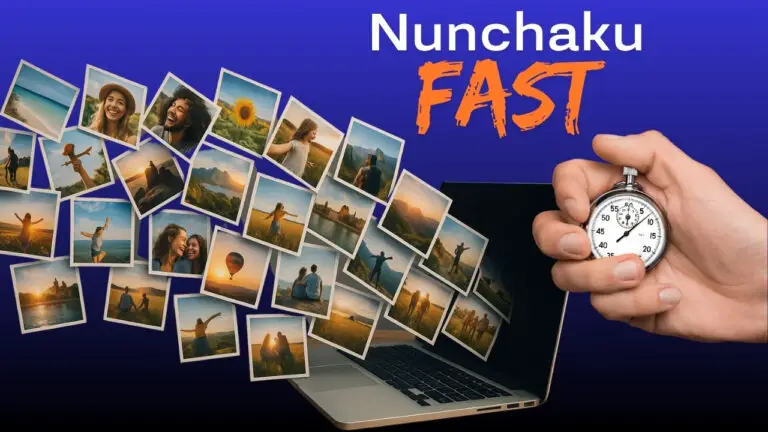Did ChatGPT Just Kill ComfyUI or Make It Stronger?
Welcome to the ultimate showdown between two very different approaches to AI image editing! On one side, we have ChatGPT—the flashy newcomer that edits images through simple text prompts, acting like a “magic box” where you type a wish and poof—it’s done. On the other, ComfyUI—the open-source, node-based powerhouse beloved by tinkerers who want full control over every step of the process.
The big question? Will AI chat tools like ChatGPT replace granular systems like ComfyUI, or can they coexist as complementary tools? To find out, I put both through a gauntlet of real-world tests: product photo edits, portrait adjustments, pattern transfers, and even lighting overhauls.
Video Tutorial:
Gain exclusive access to advanced ComfyUI workflows and resources by joining our community now!
Here’s a mind map illustrating all the premium workflows: https://myaiforce.com/mindmap
Run ComfyUI with Pre-Installed Models and Nodes: https://youtu.be/T4tUheyih5Q
Product Photo Showdown: ChatGPT’s Strengths vs. ComfyUI’s Precision
When it comes to product photography, details make or break the image. Let’s dissect how ChatGPT handles this high-stakes arena—and where ComfyUI steps in to save the day.
Background Replacement Magic
Imagine needing to swap a product’s background in seconds. I uploaded a three-piece bowl set with intricate purple floral patterns and dragonfly motifs.

With a simple prompt, ChatGPT delivered a shockingly coherent result.
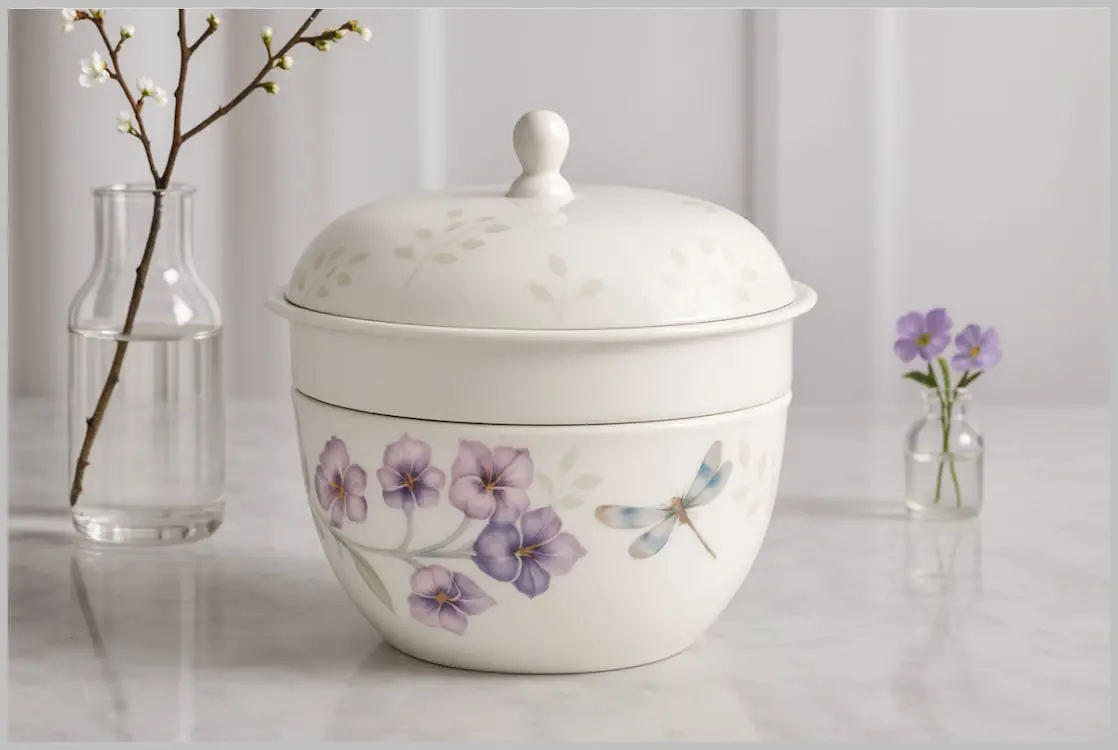
The new background blends naturally, and the patterns on the bowls stay consistent—no mismatched petals or misaligned dragonflies. While not pixel-perfect, it’s scarily close for an automated edit.
The Text Accuracy Battle
Product labels are ChatGPT’s trickiest challenge. Take this eye gel packaging: the original label crams tiny text around bold central branding.
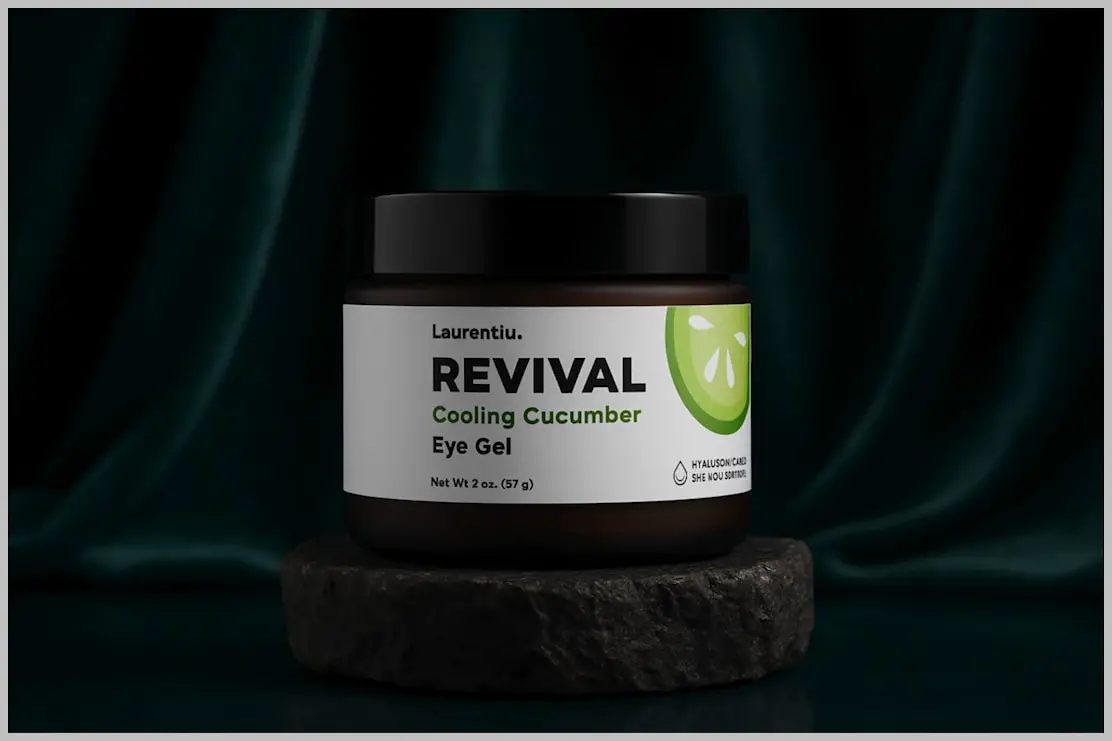
ChatGPT’s wins:
- Perfectly replicates the large, bold center text.
- Maintains color consistency and logo placement.
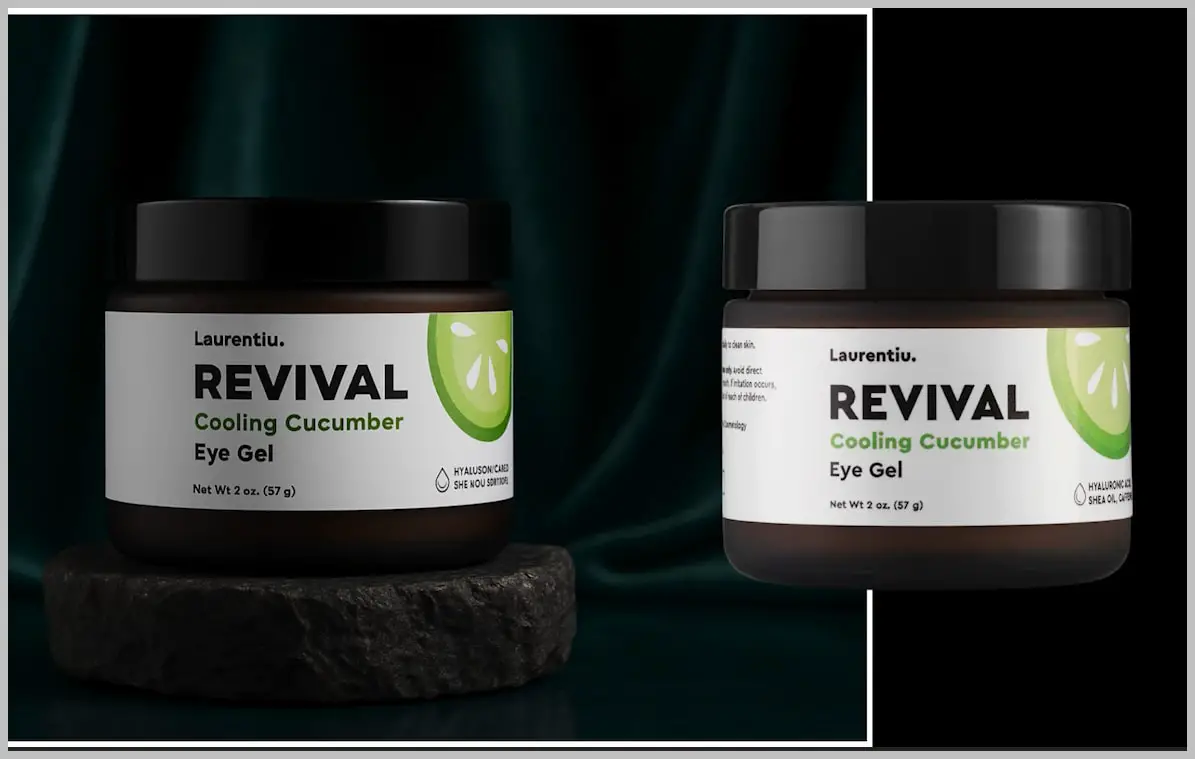
ChatGPT’s fails:
- Vanishing fine print: Top-left text disappears entirely.
- Spacing oddities: Bottom-right text clusters awkwardly.
Key takeaway: ChatGPT handles prominent text well but struggles with smaller details.
Aspect Ratio Limitations: ChatGPT’s Achilles’ Heel
Here’s where ChatGPT’s “magic box” approach falters. When editing wide product images, it forces a 1536×1024 resolution, often distorting the subject.
In one test, a product image became comically elongated, ruining proportions. Worse, custom fonts on labels turned into generic approximations.
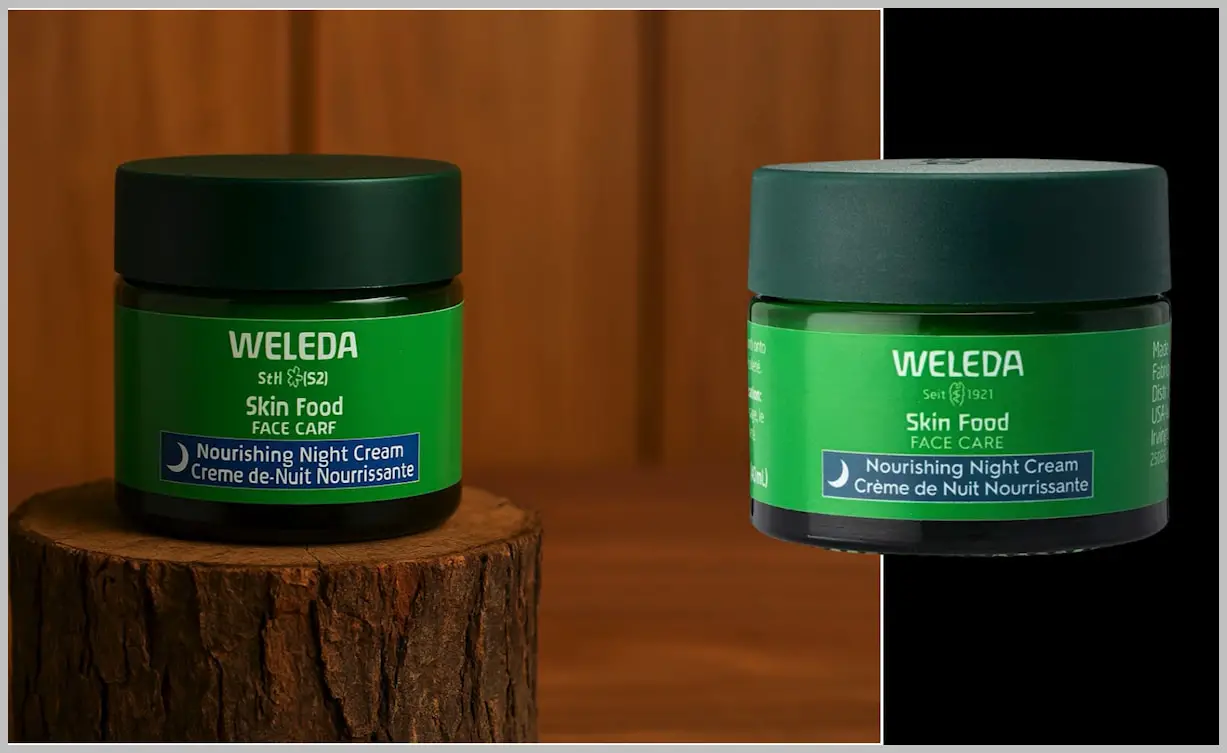
Why ComfyUI Still Rules for Product Shots
While ChatGPT dazzles with speed, ComfyUI offers surgical control:
- Custom dimensions: No forced aspect ratios—output exactly what you need.
- Font precision: Train a LoRA model to replicate unique typography.
- Pixel-perfect edits: Isolate and modify specific areas (e.g., labels, textures) without affecting the entire image.
Bottom line: Use ChatGPT for rapid mockups, but switch to ComfyUI when fidelity matters.
Portrait Editing Face-Off: Creativity vs. Surgical Control
Portrait editing tests reveal ChatGPT’s knack for creative reinterpretation—and ComfyUI’s dominance in precision. Let’s break down their strengths through real-world experiments.
Expanding Images (Not-So-True Outpainting)
I fed ChatGPT a portrait close-up and prompted it to “expand this into a full-body shot.”
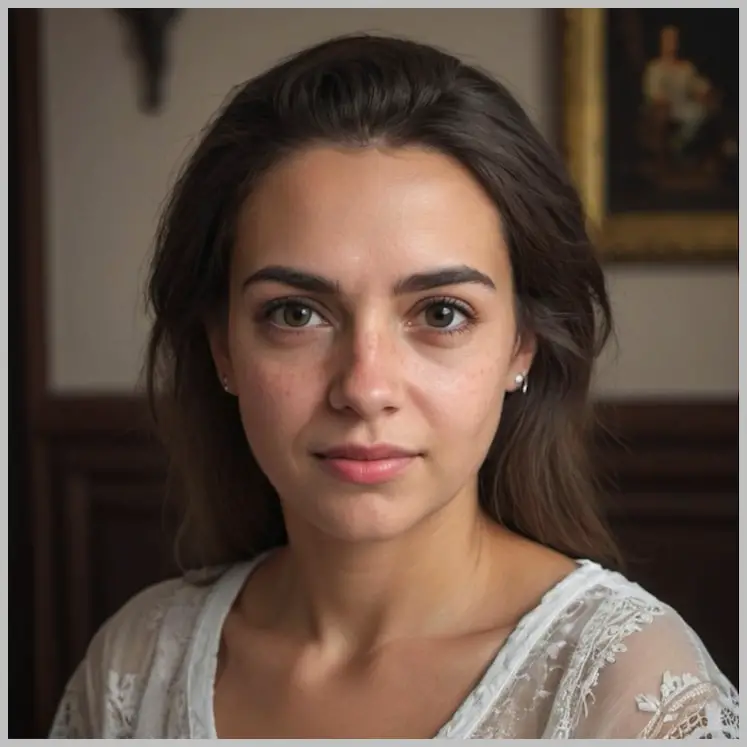
The result? A striking, stylized extension that added torso and limb details while preserving the subject’s face.
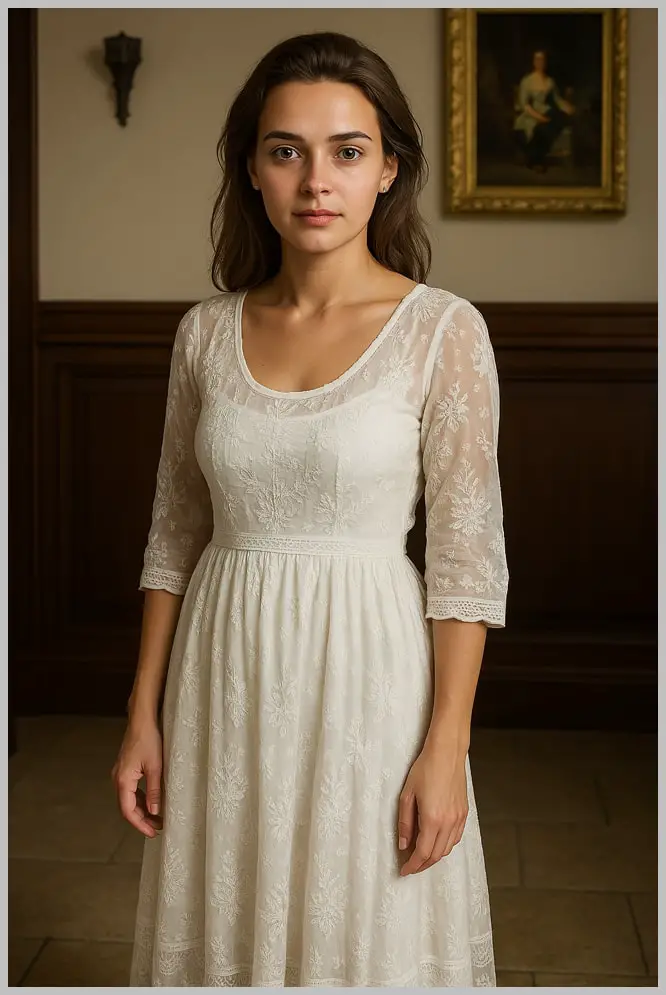
What works:
- Facial consistency: The face matches the original almost perfectly.
- Natural pose: The added body positioning looks organic.
What’s missing:
- True outpainting: ChatGPT reimagines the image rather than extending it pixel-perfectly.
- Shoe mystery: The subject’s feet are cropped out, making it “almost” full-body.
ComfyUI contrast: For true outpainting, ComfyUI lets you control exactly how pixels expand, down to the shoelaces.
Lighting Adjustments Made Simple
ChatGPT shines in fixing tricky lighting. Take this backlit portrait where harsh light washed out facial details.
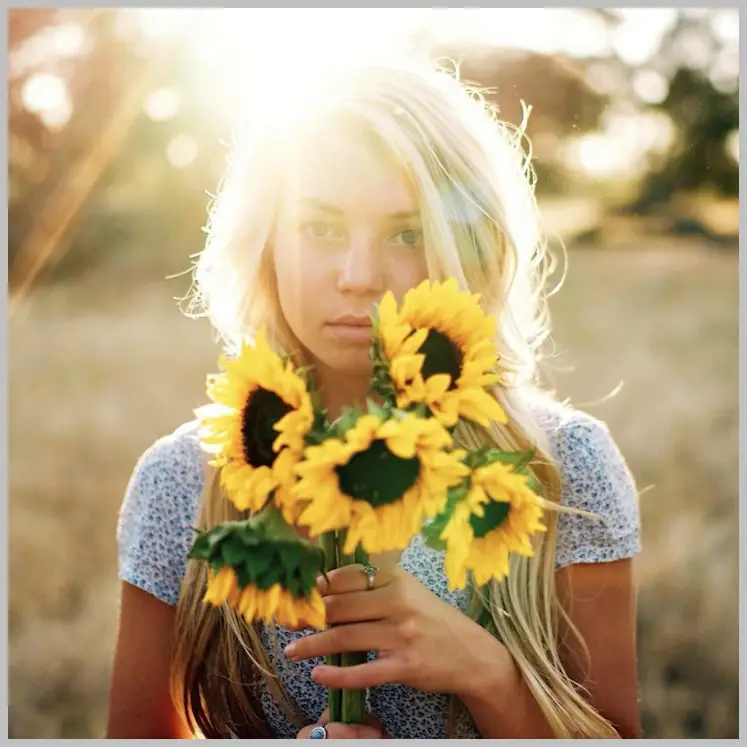
The prompt “Add balanced front lighting” transformed the image:
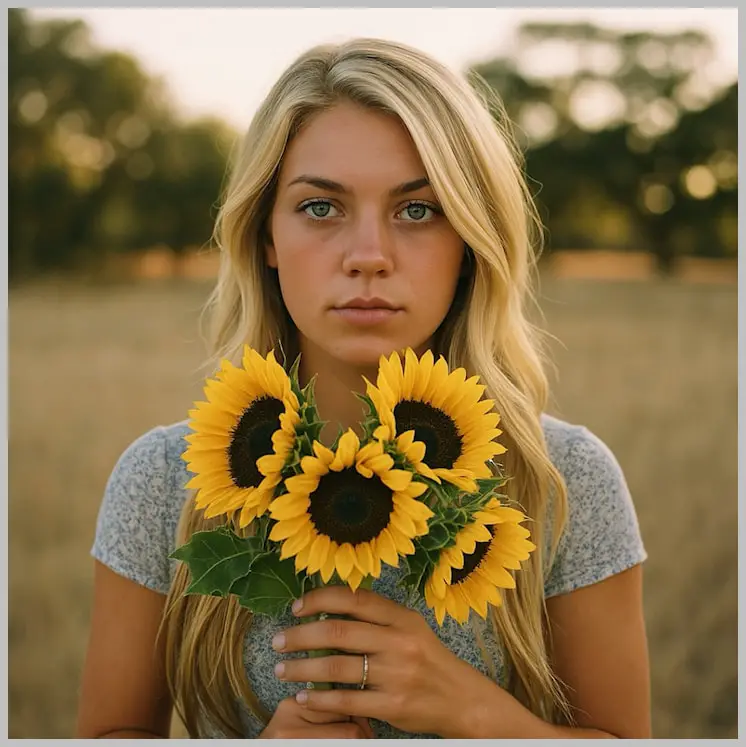
ChatGPT’s wins:
- Shadow balance: Reduced harshness without flattening the mood.
- Style preservation: The subject’s pose and aesthetic remain intact.
Limitation: While lighting improves, facial details might be changed.
Hybrid Workflow Hack: Speed Meets Precision
Why choose one tool when you can merge both? Here’s a pro workflow:
- Generate a draft with ChatGPT: Use prompts like “Expand image” or “Fix lighting” for rapid results.
- Import into ComfyUI: Use the draft as a reference image.
- Face-swap for perfection: Replace ChatGPT’s softened facial details with the original’s crisp features.
Patterns and Text: Where AI Stumbles or Shines
ChatGPT’s ability to handle patterns and text ranges from “mildly impressive” to “how did it even do that?!”—but consistency remains its Achilles’ heel. Let’s dissect two revealing experiments.
Dress Pattern Transfer Test
I challenged ChatGPT to transfer a dress pattern from one portrait to another.
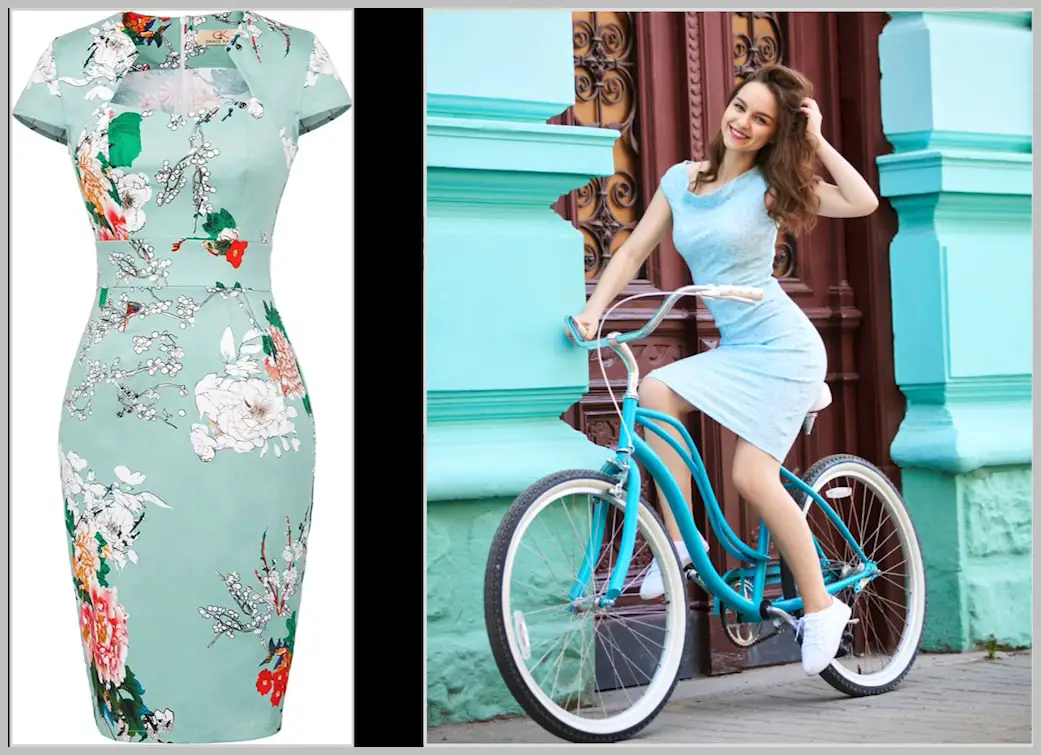
The original dress was scrunched up and sideways, yet ChatGPT managed to align the floral design surprisingly well.
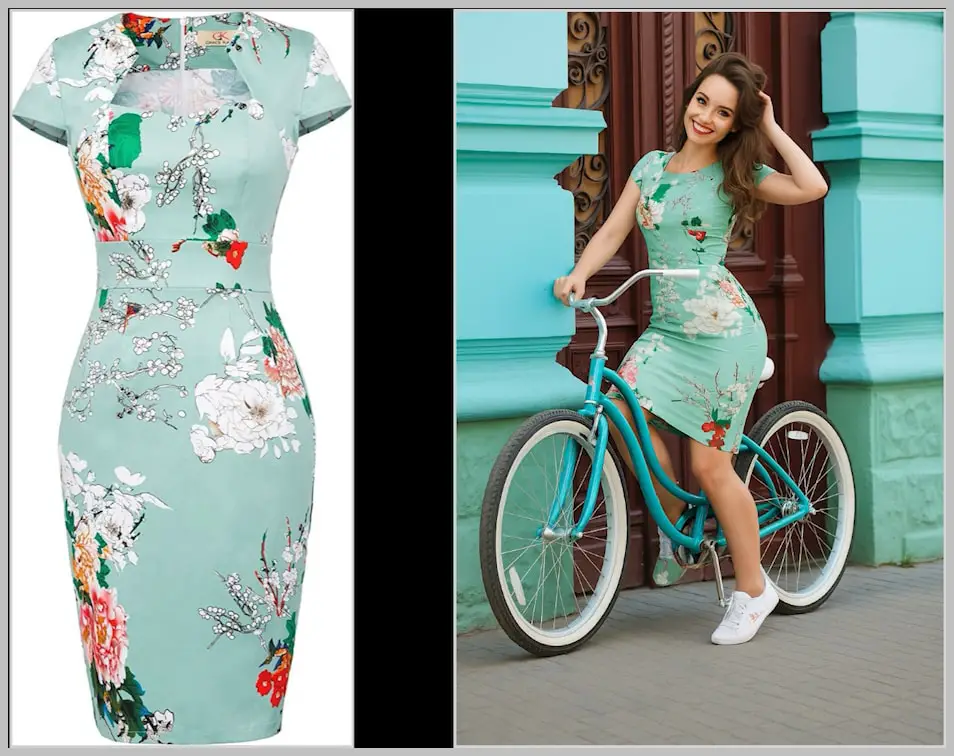
ChatGPT’s wins:
- Pattern coherence: Maintained the general flow and color scheme of the original design.
- Context awareness: Adjusted the pattern to match the new subject’s pose.
ChatGPT’s fails:
- Artifact outbreaks: Random splotches where the pattern “guessed” incorrectly.
ComfyUI’s precision: Using the workflow from last video, I isolated the dress region, applied the pattern via controlled inpainting, and blended edges manually. The result? Flawless alignment with zero artifacts.
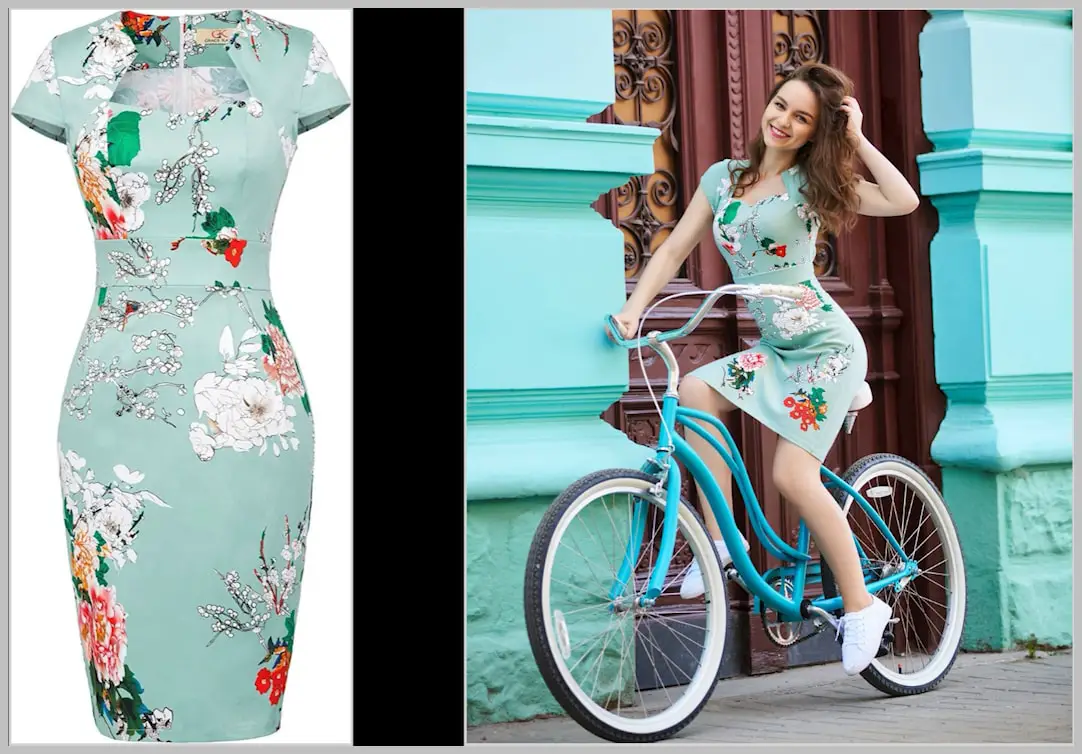
Graphic Tee Text Replication
Here’s where ChatGPT shocked me. I uploaded a graphic tee with bold text and prompted it to copy the design onto another person.
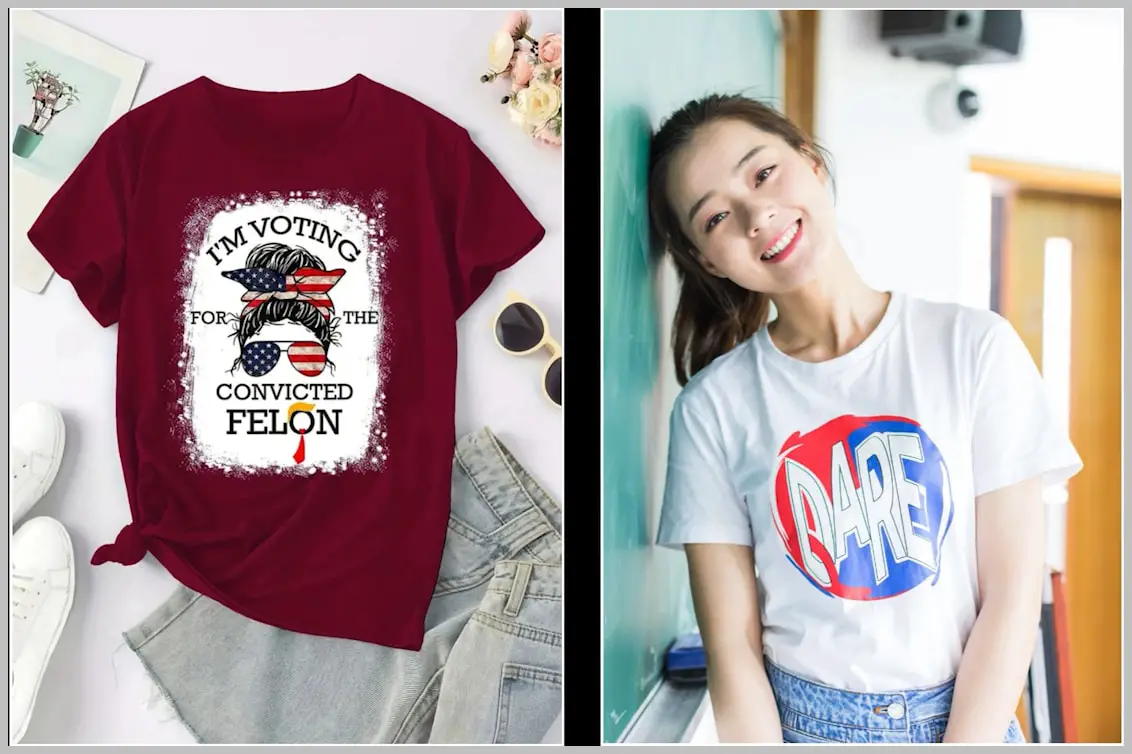
ChatGPT’s unexpected wins:
- Text sharpness: Preserved font style and legibility, even on curved fabric.
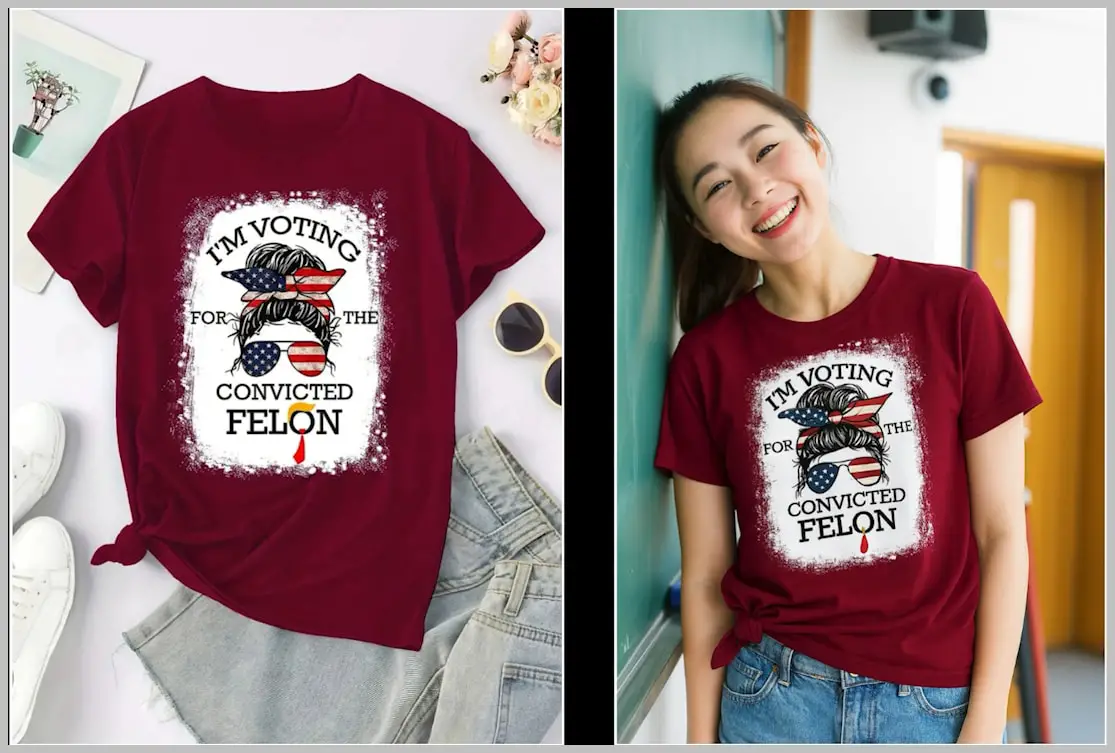
Why this matters: Replicating text on clothing traditionally requires manual masking and perspective warping. ChatGPT automated it in seconds!
Verdict: Speed vs. Surgical Control
- ChatGPT: Ideal for rapid concept testing or social media content.
- ComfyUI: Essential for commercial work requiring brand accuracy.
Relighting Realities: When Speed Beats Perfection
Relighting images is notoriously finicky—even in ComfyUI. Here’s how ChatGPT’s “good enough” approach can rescue projects stuck in perfectionist purgatory.
The ComfyUI Grind
Using IC-Light in ComfyUI for relighting often feels like two steps forward, one step back:
- Lost details: Recovering texture in shadows or highlights requires manual brushwork.
- Unnatural blends: Over-processed areas can look plasticky or artificially lit.
- Time sink: Adjusting nodes for subtlety often takes longer than the edit itself.
ChatGPT’s Lighting Salvage Jobs
Test 1: Fixing a Garbage-Lit Phone Pic
I threw a noisy, poorly lit photo at ChatGPT with the prompt: “Improve lighting and remove distractions.”

Results:
- Balanced exposure: Brought forward the subject without overblowing highlights.
- Photobombers vanished: Deleted bystanders seamlessly (no weird ghosting!).
- Grain reduction: Smoothed noise while preserving texture.

Test 2: From Tourist Snapshot to National Geographic Drama
A bland castle photo became cinematic with the prompt: “Make this look like National Geographic.”

ChatGPT’s wins:
- Mood overhaul: Added golden-hour warmth and dramatic shadows.
- Composition polish: Enhanced foreground/background contrast.
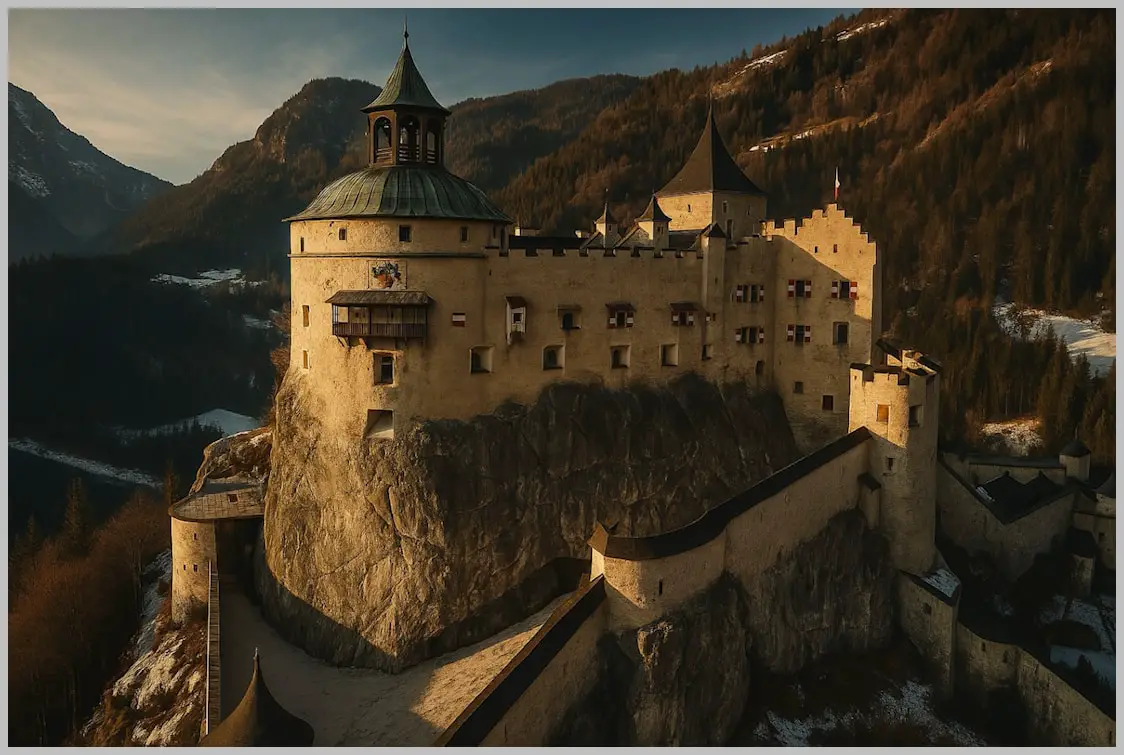
Gotcha: The image was squished to 1536×1024, warping the castle’s proportions.
Pro tip: Use ChatGPT’s output as a “lighting reference” layer in ComfyUI to guide manual edits.
Conclusion: The Future is a Collaboration
After pitting ChatGPT against ComfyUI in everything from product photos to portrait wizardry, one truth emerges: these tools aren’t rivals—they’re partners.
ChatGPT’s speed and creative flair open doors to ideas we’d never attempt manually, while ComfyUI’s precision ensures those ideas meet professional standards.
Remember: Every “failed” experiment is a step closer to a breakthrough. Keep tinkering, keep merging tools, and never stop bending AI to your creative will.

